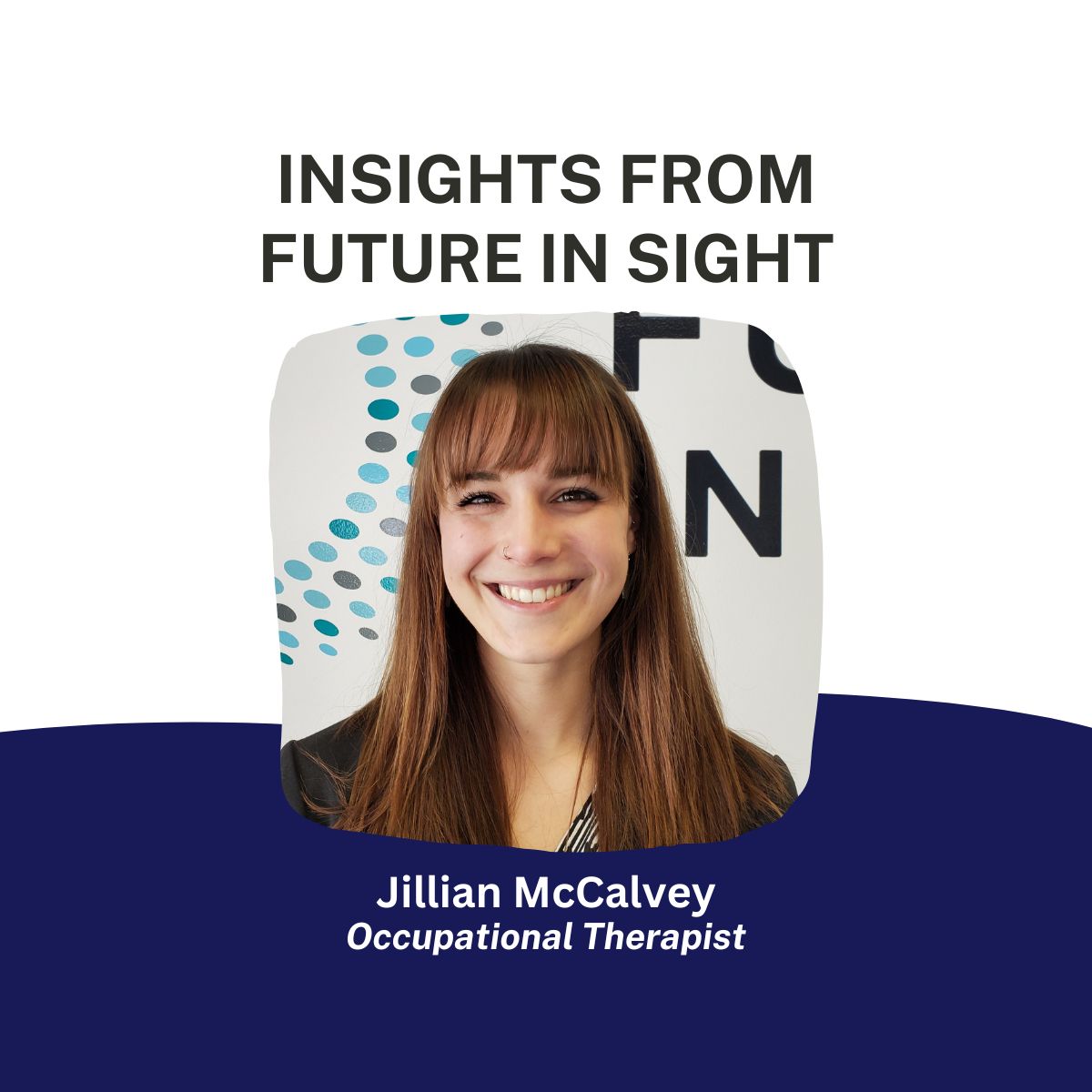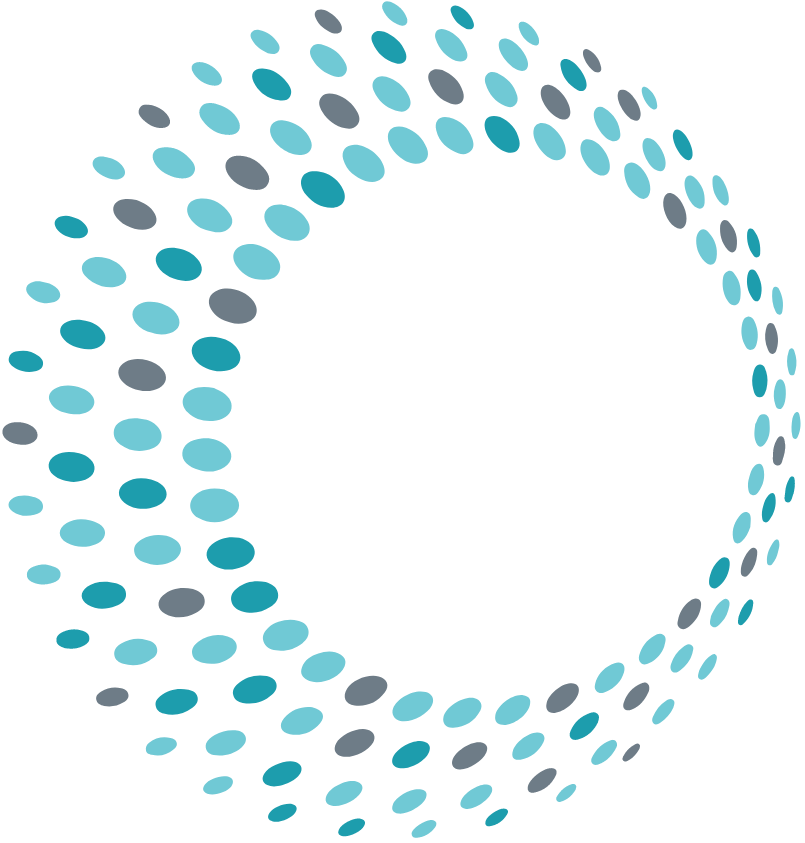
What is occupational therapy?
When someone says “occupation” do you automatically think of a job or career? Well, in the world of occupational therapy, that’s part of it – but not the extent. Simply put, occupations are how we spend our time or what occupies our day. With that in mind, occupational therapists work with people of all ages to achieve the tasks that they want and need to do in their day-to-day life. This remains a wonderfully broad profession, one that equips its practitioners with the skills and knowledge to address many conditions and in many settings. At its core, occupational therapy adopts a holistic approach, meaning therapists understand the mind-body-spirit connection and seek to treat the whole person – not just the diagnosis.
How can occupational therapy help those with low vision?
Here at Future In Sight, our occupational therapists are trained to work with older adults to help improve independence, safety, and function in areas where their vision has become an obstacle. By completing a low vision evaluation, we get to know each unique individual and their goals. Occupational therapists recognize that there are many factors that can affect someone’s ability to complete a task. For example, a stronger magnifier may assist someone with low vision to read the newspaper, but what about external factors? Is there enough lighting in the room? Is the glare from the snow outside making it difficult to concentrate? This is just one way that occupational therapists look at a problem from all angles to inform their treatment.
Low Vision Focus Areas
Occupational therapists address many areas related to daily living including reading, writing, phone communication, cooking skills, medication set-up, and home safety – to name a few.
Here’s how:
- Aids and devices – There are lots of low vision products out there and our therapists can help cut through the noise and determine what products are the best fit for someone’s needs. Some of these aids and devices include optical magnifiers, electronic magnifiers, large print measuring cups, high contrast keyboards, large-lined note paper, glare reduction filters, and more!
- Technology – Have you ever been too intimidated to explore the accessibility features on your smartphone or tablet? We are here to help! Our therapists are trained in the best adjustments for low vision to some of the most common forms of technology, like Android or iPhones.
- Safety – Through a home assessment, occupational therapists work with the client to recommend any changes that may make navigating the home safer.
- Lighting – Lighting can be both a safety factor around the home as well as a factor contributing to the ease and success of tasks like writing and reading. Our therapists can help determine what type of light might be suitable for your goals.
- Leisure – Low vision often interrupts the hobbies and leisure activities that a person may be accustomed to. Many of the items listed above may help address this area. Additionally, occupational therapists may recommend resources to achieve this – such as the free audiobook program for NH residents with low vision or blindness.
Occupational Therapy contributes to the mission of Future In Sight of advancing independence for those with blind or low vision by using a holistic approach.
If these services sound like something you or someone you know may benefit from, contact Future In Sight at 603-224-4039 or [email protected] today!
About the Author: Jillian McCalvey is an Occupational Therapist at Future In Sight.

